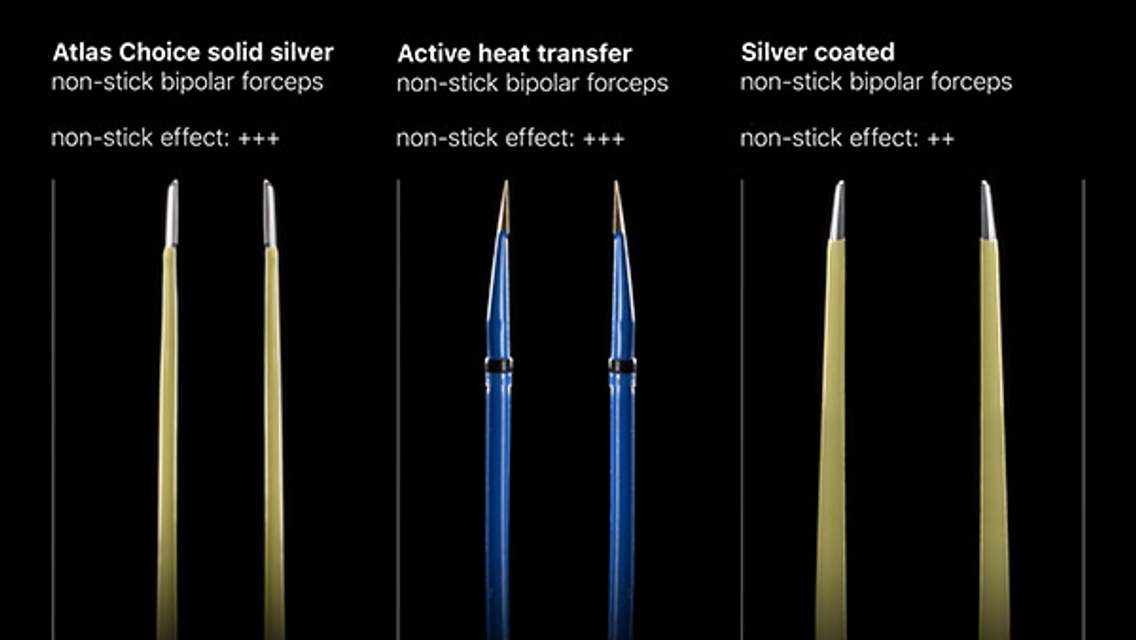Giant Cerebral Aneurysm
Figure 1: (Top Left) Axial nonenhanced CT imaging through the suprasellar cistern in a 27-year-old man demonstrates a large mildly dense parasellar mass with peripheral calcifications. (Top Right) CT angiography demonstrates this mass to have direct communication with the internal carotid artery (arrow) and an enhancement pattern identical to that of the opacified vessels in the brain, a characteristic that would be unusual for a tumor. (Middle Left) Conventional angiography demonstrates the size and extent of this giant aneurysm and its communication with the elongated internal carotid artery. T1-weighted (middle right) and T2-weighted (bottom) MR images of this aneurysm (after pipeline stent placement) could also be easily mistaken for showing a mass with either hemorrhage or proteinaceous material, particularly given the T1 hyperintensity (arrow). In reality, it likely represents clotted blood within the aneurysm.
Description
- Cerebral aneurysms that measure >2.5 cm
- Typically, saccular aneurysms
- More commonly located in the posterior circulation
- Account for approximately 5% of all intracranial aneurysms
Pathology
- Two mechanisms of development
- De novo at areas of defect in the internal elastic lamina
- Evolve from smaller aneurysms that endure continued hemodynamic stress
Clinical Features
- Symptoms
- Depend on if ruptured at time of diagnosis
- If ruptured: worst headache of life, meningismus, altered mental status, nausea, vomiting, and focal neurologic defects
- If unruptured: depends on location and may include visual disturbance, headache, cranial nerve palsies, and seizures
- Depend on if ruptured at time of diagnosis
- Age
- Typically manifest during the fifth to seventh decades
- Gender
- Female > male
- Prognosis
- Depends on location and whether there is hemorrhage at the time of diagnosis
- Associations
- Advanced age, hypertension, tobacco use, arteriovenous malformations, connective tissue disorders (including Ehlers-Danlos andMarfan syndromes and autosomal dominant polycystic renal disease), and vasculitis
Imaging
- General
- Well-delineated round or lobulated mass
- Modality specific
- CT
- Round or lobulated mildly hyperdense extra-axial mass
- Peripheral calcifications
- Often have associated subarachnoid hemorrhage
- CTA
- Helpful for characterizing
- Look for additional aneurysms (>20%)
- Look for vasospasm
- Contrast will not opacify any thrombosed portion of the aneurysm
- MRI
- T1
- Signal characteristics are variable with age of aneurysm thrombus and depends on the velocity/turbulence of the blood flow
- T2/FLAIR
- Hypointense
- T2*/SWI/GRE
- Hypointense
- DWI
- Look for restriction associated with ischemia/infarction from vasospasm related to subarachnoid hemorrhage
- Thrombosed blood products within the aneurysm could also have restriction
- Contrast
- Might see enhancement with slow flow
- IRSPGR 3D contrast images will often delineate abnormality as well as CTA or MRA
- Conventional angiography
- Look for bleb at site of recent rupture or outpouching from aneurysm fundus, which is concerning for focal wall weakness and increased risk of rupture
- T1
- CT
- Imaging recommendations
- NECT + CTA for workup of subarachnoid hemorrhage
- CTA for screening of high-risk population
- Mimic
- Depending on the origin, aneurysms most commonly mimic a meningioma or macroadenoma when located in and around the sella. Other locations of aneurysms may also mimic a tumor if the location appears parenchymal. Angiography will help identify the correct diagnosis.
For more information, please see the corresponding chapter in Radiopaedia and the Subarachnoid Hemorrhage and Aneurysm chapter within the Cerebral Vascular Diseases subvolume within The Neurosurgical Atlas.
Contributor: Sean Dodson, MD
References
Hacein-Bey L, Provenzale JM. Current imaging assessment and treatment of intracranial aneurysms. AJR Am J Roentgenol 2011;196:32–44. doi.org/10.2214/AJR.10.5329
Mehta RI, Salamon N, Zipser BD, et al. Giant intracranial aneurysm. Radiographics 2010;30:1133–1138. doi.org/10.1148/rg.304095199
Please login to post a comment.













